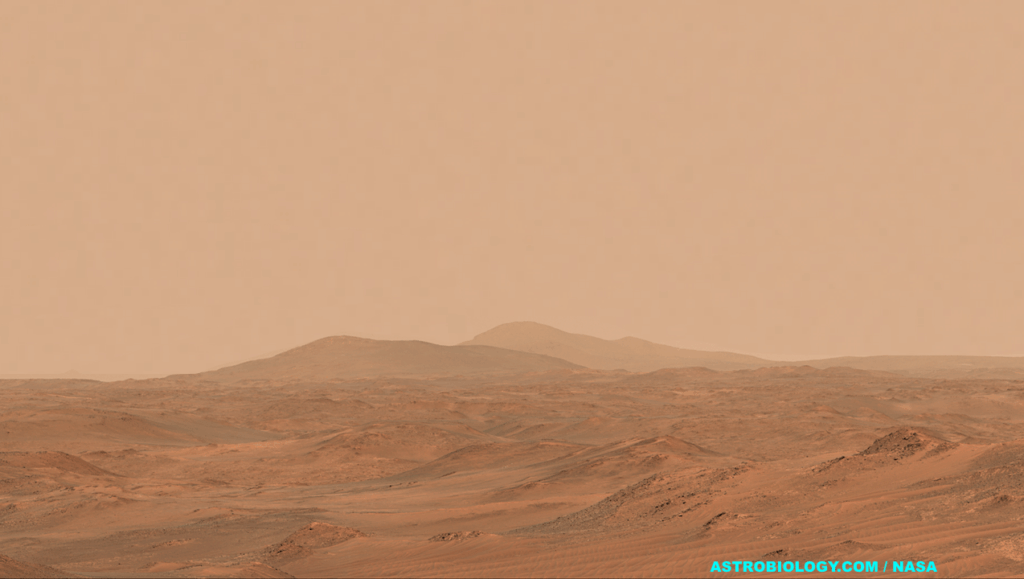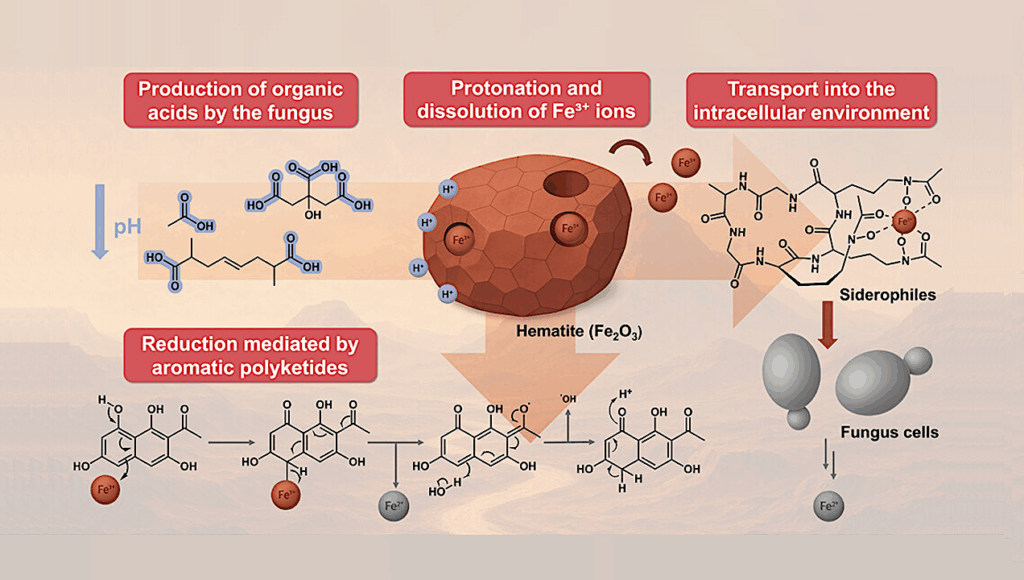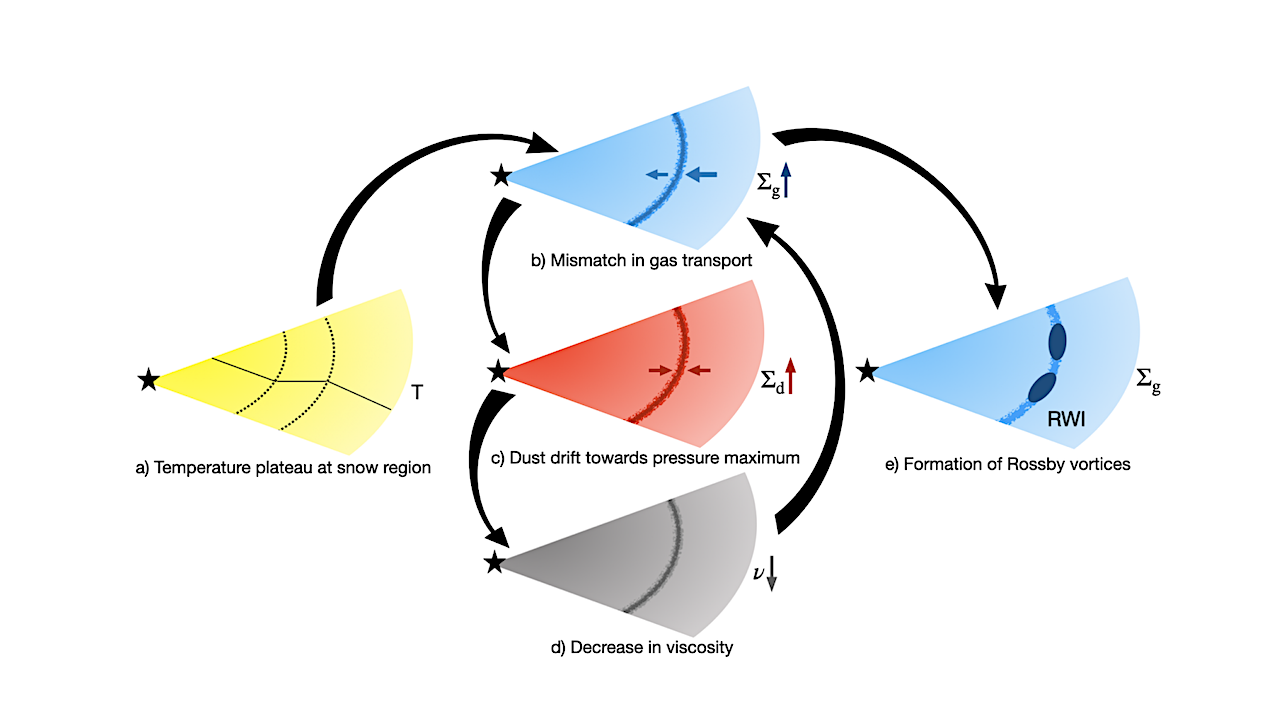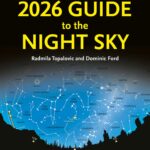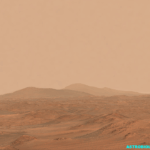Now Reading: A Transiting Rocky Super-Earth And A Non-transiting Sub-Neptune Orbiting The M Dwarf TOI-771
-
01
A Transiting Rocky Super-Earth And A Non-transiting Sub-Neptune Orbiting The M Dwarf TOI-771
A Transiting Rocky Super-Earth And A Non-transiting Sub-Neptune Orbiting The M Dwarf TOI-771
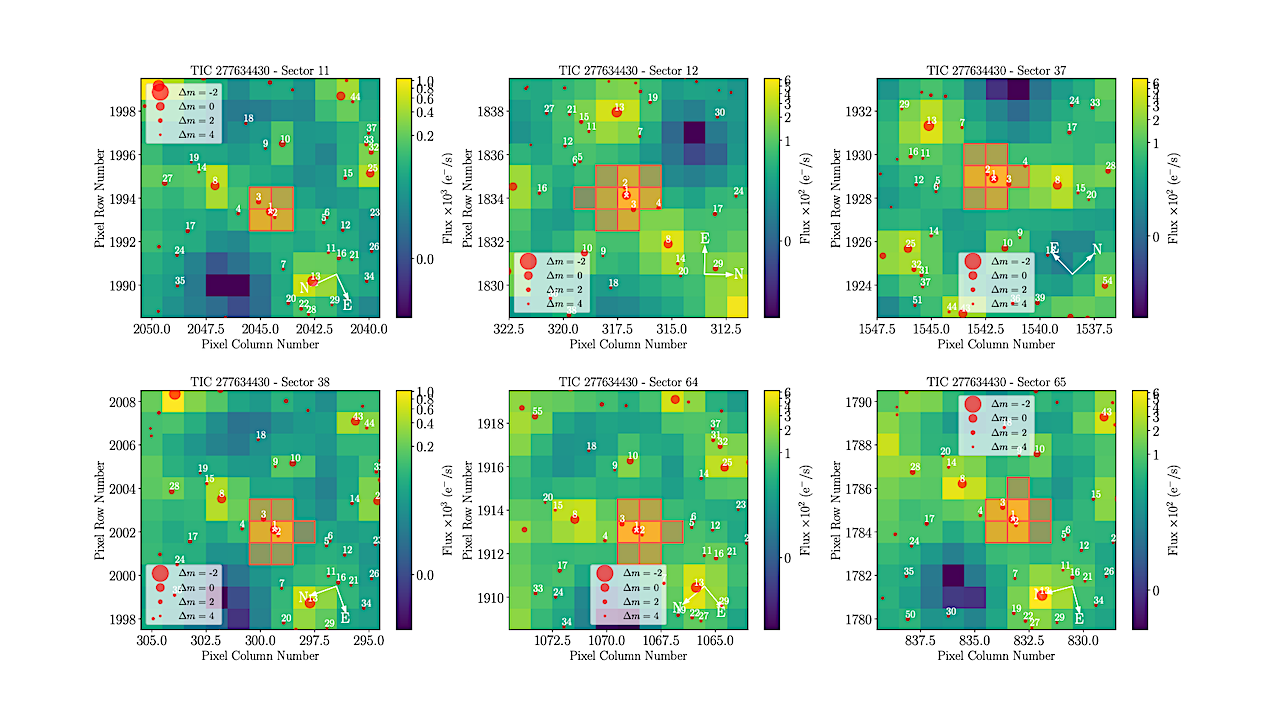

TESS Target Pixel Files — astro-ph.EP
The origin and evolution of the sub-Neptune population is a highly debated topic in the exoplanet community.
With the advent of JWST, atmospheric studies can now put unprecedented constraints on the internal composition of this population.
In this context, the THIRSTEE project aims to investigate the population properties of sub-Neptunes with a comprehensive and demographic approach, providing a homogeneous sample of precisely characterised sub-Neptunes across stellar spectral types.
Aims. We present here the precise characterisation of the planetary system orbiting one of the THIRSTEE M-dwarf targets, TOI-771 (d = 25 pc, V = 14.9 mag), known to host one planet, TOI-771 b, which has been statistically validated using TESS observations.
Methods. We use TESS, SPECULOOS, TRAPPIST and M-Earth photometry together with 31 high-precision ESPRESSO radial velocities to derive the orbital parameters and investigate the internal composition of TOI-771 b, as well as exploring the presence of additional companions in the system. Results. We derive precise mass and radius for TOI-771 b, a super-Earth with Rb = 1.36 ± 0.10 R⊕ and Mb = 2.47+0.32 −0.31 M⊕ orbiting every 2.3 days around its host star. Its composition is consistent with an Earth-like planet, and it adds up to the rocky population of sub-Neptunes lying below the density gap identified around M dwarfs.
With a ∼ 13% precision in mass, a ∼ 7% radius precision, and a warm equilibrium temperature of Teq= 543 K, TOI-771 b is a particularly interesting target for atmospheric characterisation with JWST, and it is indeed one of the targets under consideration for the Rocky World DDT program.
Additionally, we discover the presence of a second, non-transiting planet in the system, TOI-771 c, with a period of 7.61 days and a minimum mass of Mp sin i = 2.87+0.41 −0.38 M⊕. Even though the inclination is not directly constrained, the planet likely belongs to the temperate sub-Neptune population, with an equilibrium temperature of ∼ 365 K.
G. Lacedelli, E. Pallé, Y.T. Davis, R. Luque, G. Morello, H.M. Tabernero, M.R. Zapatero Osorio, F.J. Pozuelos, D. Jankowski, G. Nowak, F. Murgas, J. Orell-Miquel, J.M. Akana-Murphy, K. Barkaoui, G. Dransfield, E. Ducrot, S. Geraldía-González, E. Jehin, H.L.M. Osborne, P. Pedersen, B.V. Rackham, M.G. Scott, M. Timmermans, A. Triaud, V. Van Eylen
Comments: 20 pages, 17 figures. Accepted for publication in A&A
Subjects: Earth and Planetary Astrophysics (astro-ph.EP)
Cite as: arXiv:2504.18223 [astro-ph.EP] (or arXiv:2504.18223v1 [astro-ph.EP] for this version)
https://doi.org/10.48550/arXiv.2504.18223
Focus to learn more
Submission history
From: Gaia Lacedelli
[v1] Fri, 25 Apr 2025 10:16:01 UTC (13,014 KB)
https://arxiv.org/abs/2504.18223
Astrobiology,
Stay Informed With the Latest & Most Important News
-
 01From Polymerization-Enabled Folding and Assembly to Chemical Evolution: Key Processes for Emergence of Functional Polymers in the Origin of Life
01From Polymerization-Enabled Folding and Assembly to Chemical Evolution: Key Processes for Emergence of Functional Polymers in the Origin of Life -
 02Panasonic Leica Summilux DG 15mm f/1.7 ASPH review
02Panasonic Leica Summilux DG 15mm f/1.7 ASPH review -
 03How New NASA, India Earth Satellite NISAR Will See Earth
03How New NASA, India Earth Satellite NISAR Will See Earth -
 04And Thus Begins A New Year For Life On Earth
04And Thus Begins A New Year For Life On Earth -
 05Astronomy Activation Ambassadors: A New Era
05Astronomy Activation Ambassadors: A New Era -
06SpaceX launch surge helps set new global launch record in 2024
-
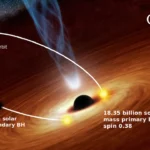 07Two Black Holes Observed Circling Each Other for the First Time
07Two Black Holes Observed Circling Each Other for the First Time












